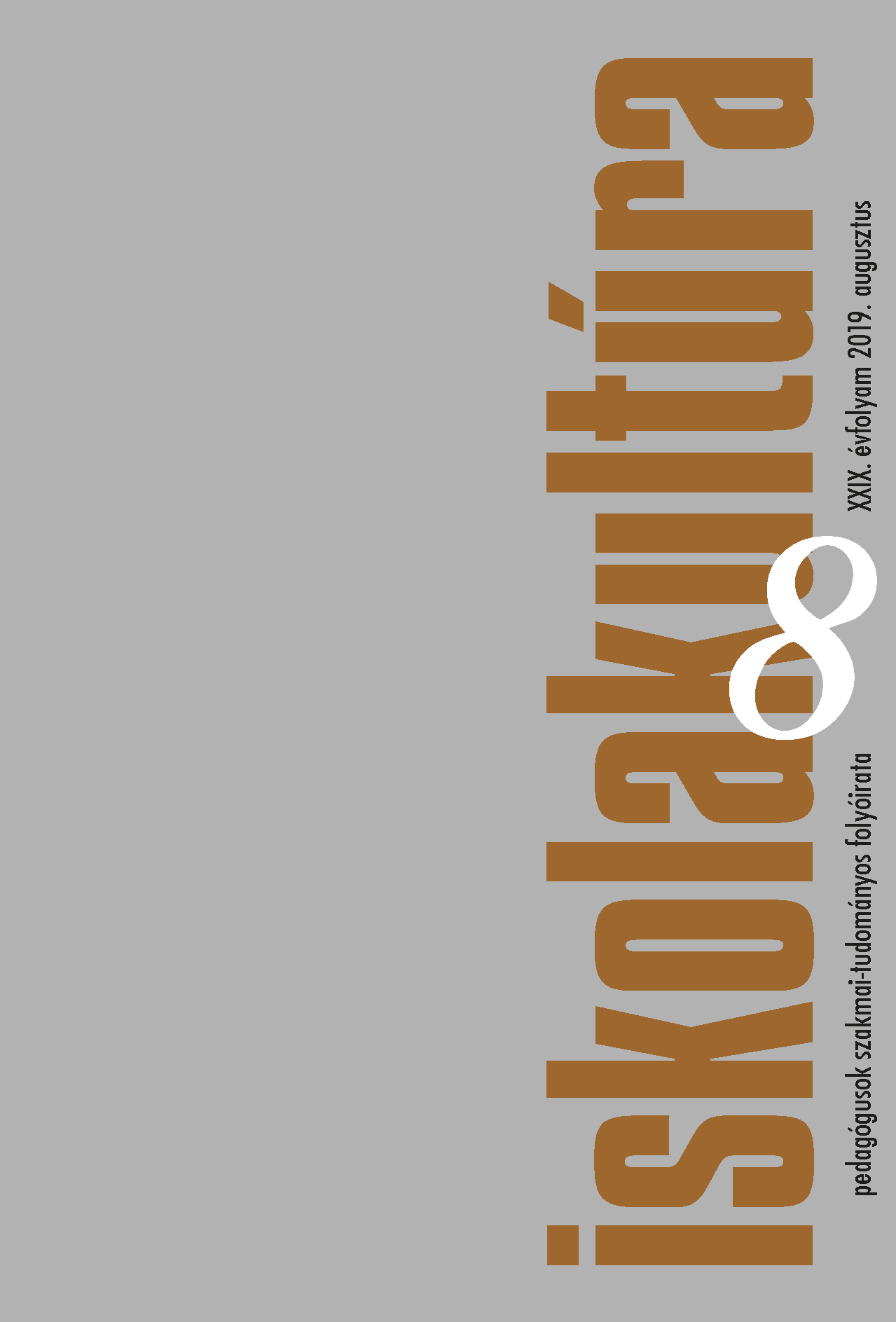Revealing tipical behaviors and attitudes toward them in high school classes using norm exploration
Main Article Content
Abstract
The behavior problems of the students can detain educational processes in various ways. For this reason investigating the factors which can affect students’ behavior is important. Behavior problems can be caused not only by motivational issues, but also by the effect of social influence. The goal of the current study was to explore the relationship between social influence and the students behavior. Using a sample of high school students (N = 544) and the method of norm exploration we assessed the most frequent classroom behaviors, and the students’ personal attitude towards them. Beside, we discovered what students think about their peers’ opinion about the given behaviors (injunctive norms). Three groups of descriptive norms were identified using exploratory factor analysis: positive behaviors framed the first factor, which contained the most frequent behaviors, followed by unreadiness and cheating-misbehaving. Based on the personal norms behaviors created four factors: positive behaviors, cheating, unreadiness and misbehaving. The same structure proved to be suitable to the injunctive norms. Based on the results there is a moderate relationship between personal and injunctive norms, which imply that the students’ personal attitude orientates towards the percieved norms of their peers. Although comparing the personal and the injunctive norms shows significant differences in the perception of peer attitude. The results of our study can contribute to understanding the evolution of school problems, which can help creating different preventive methods, such as community trainings.

